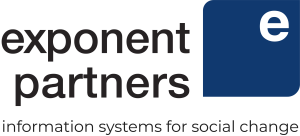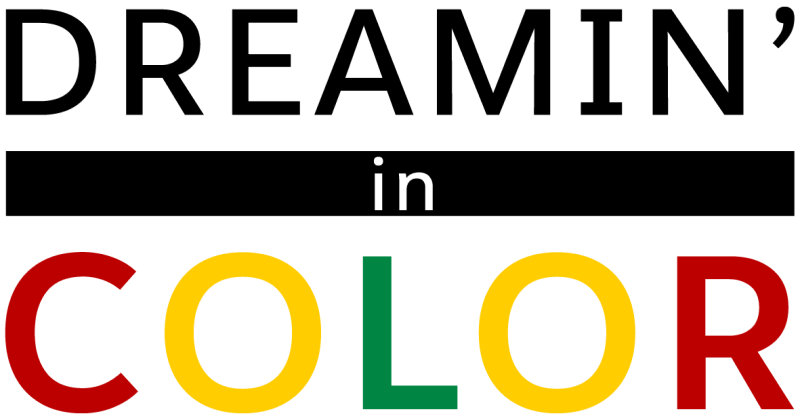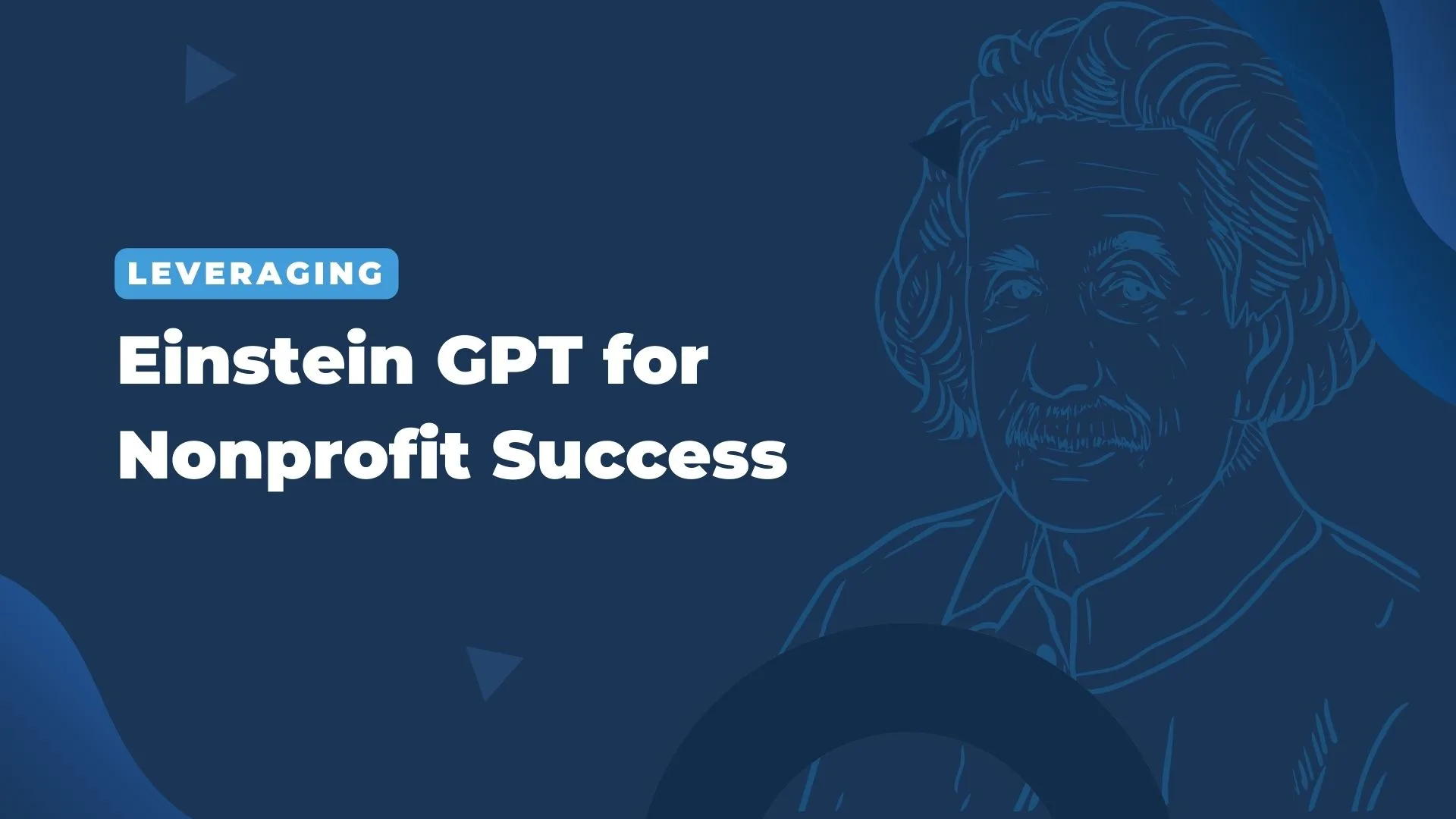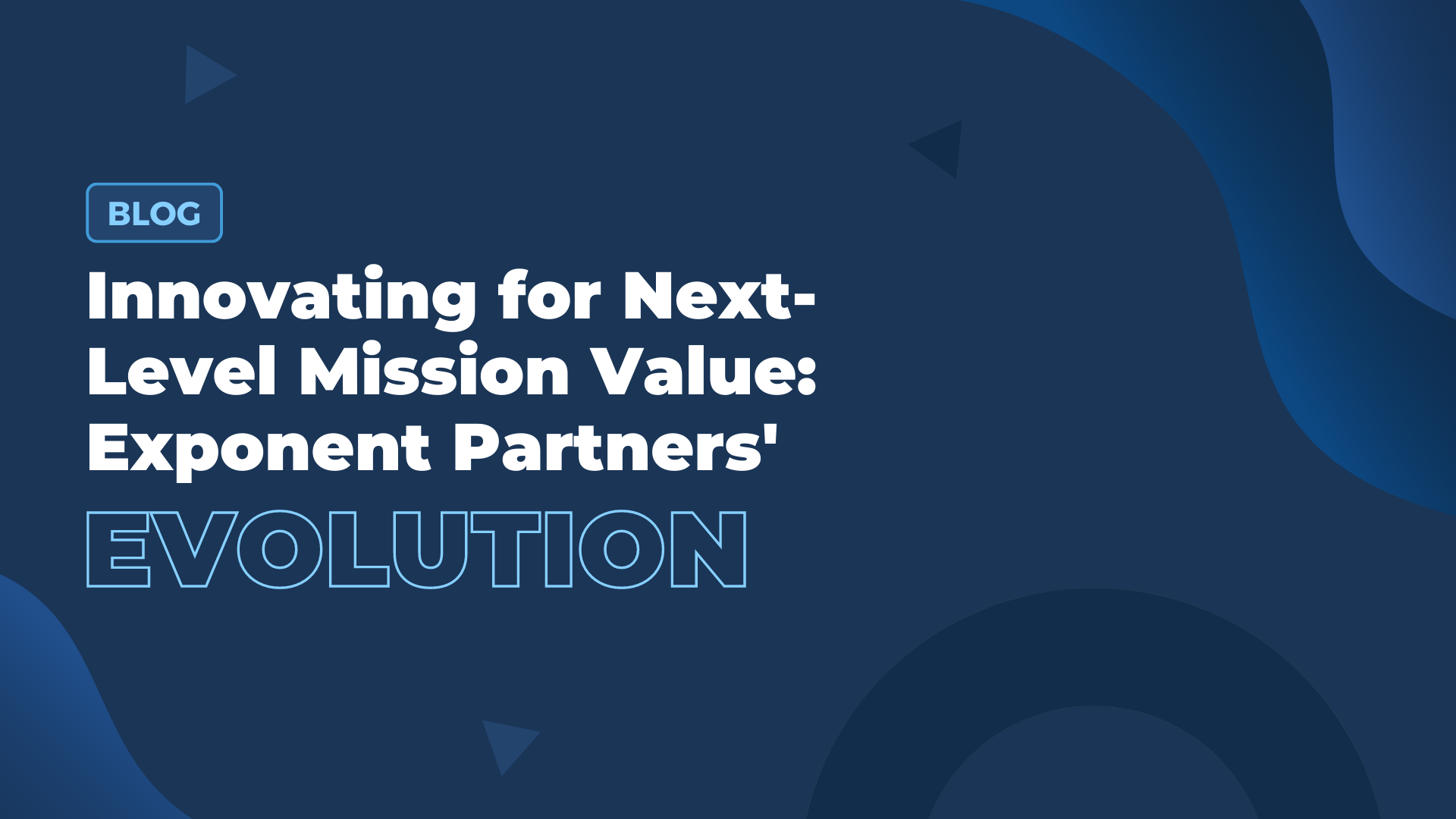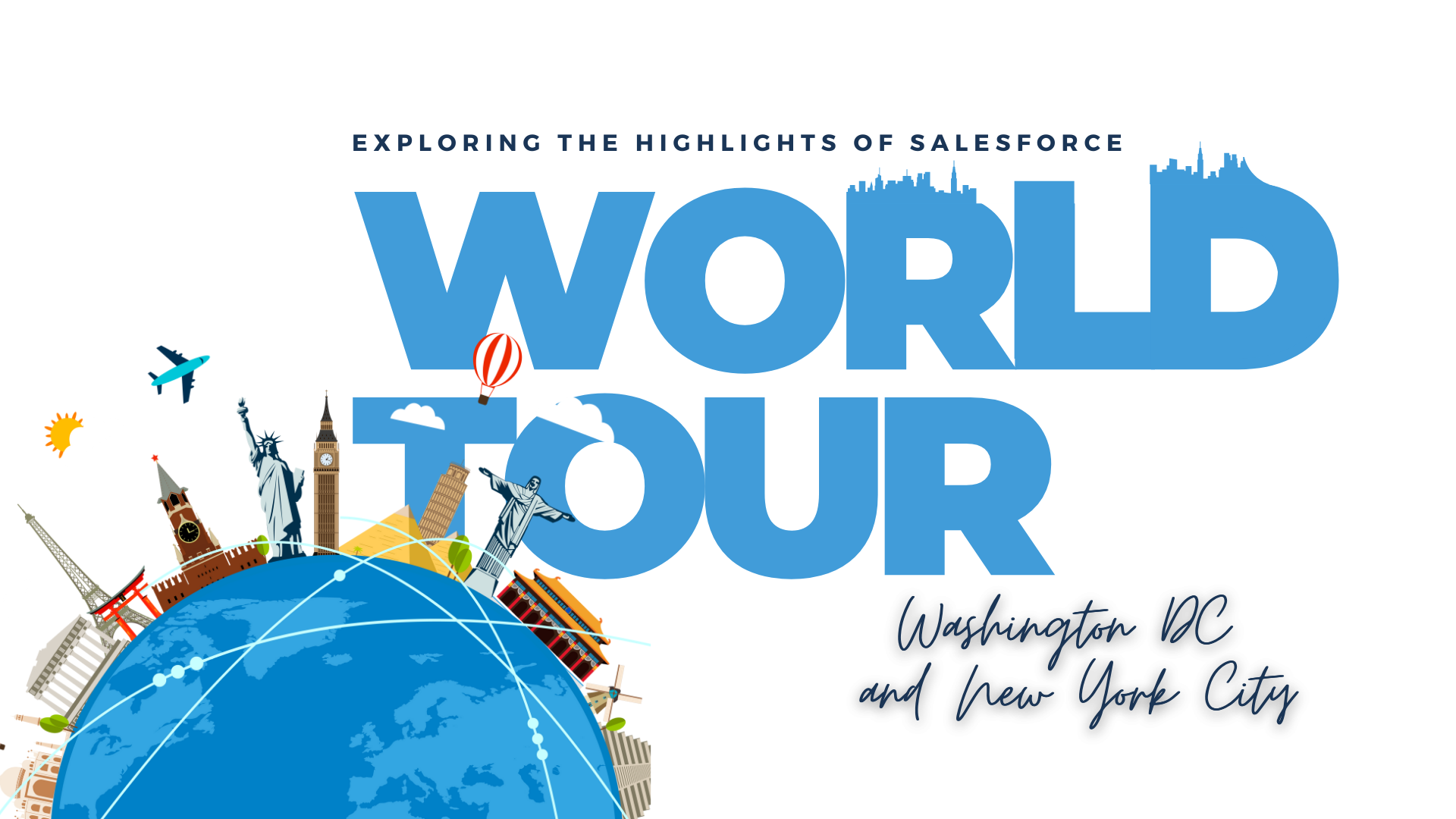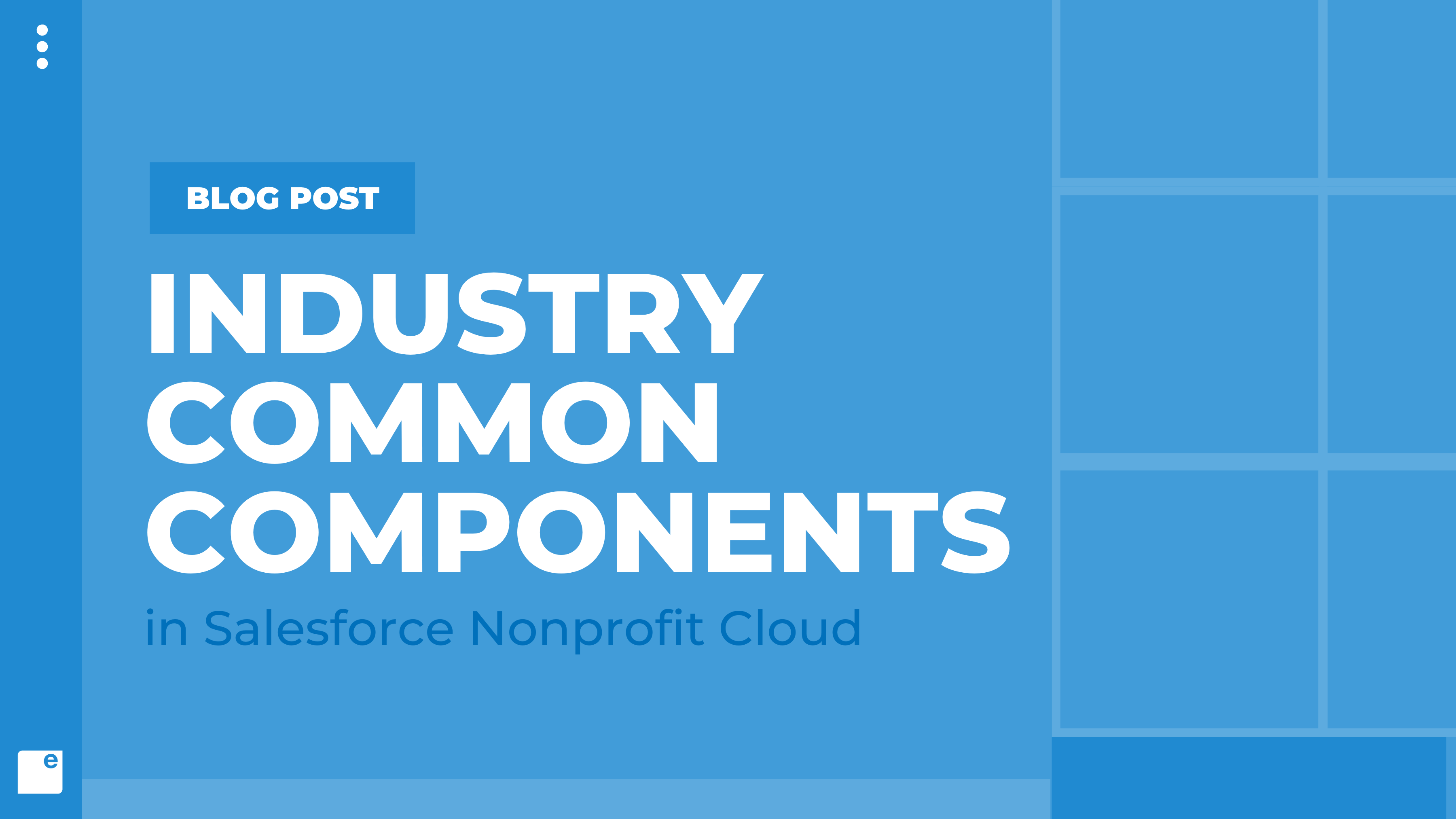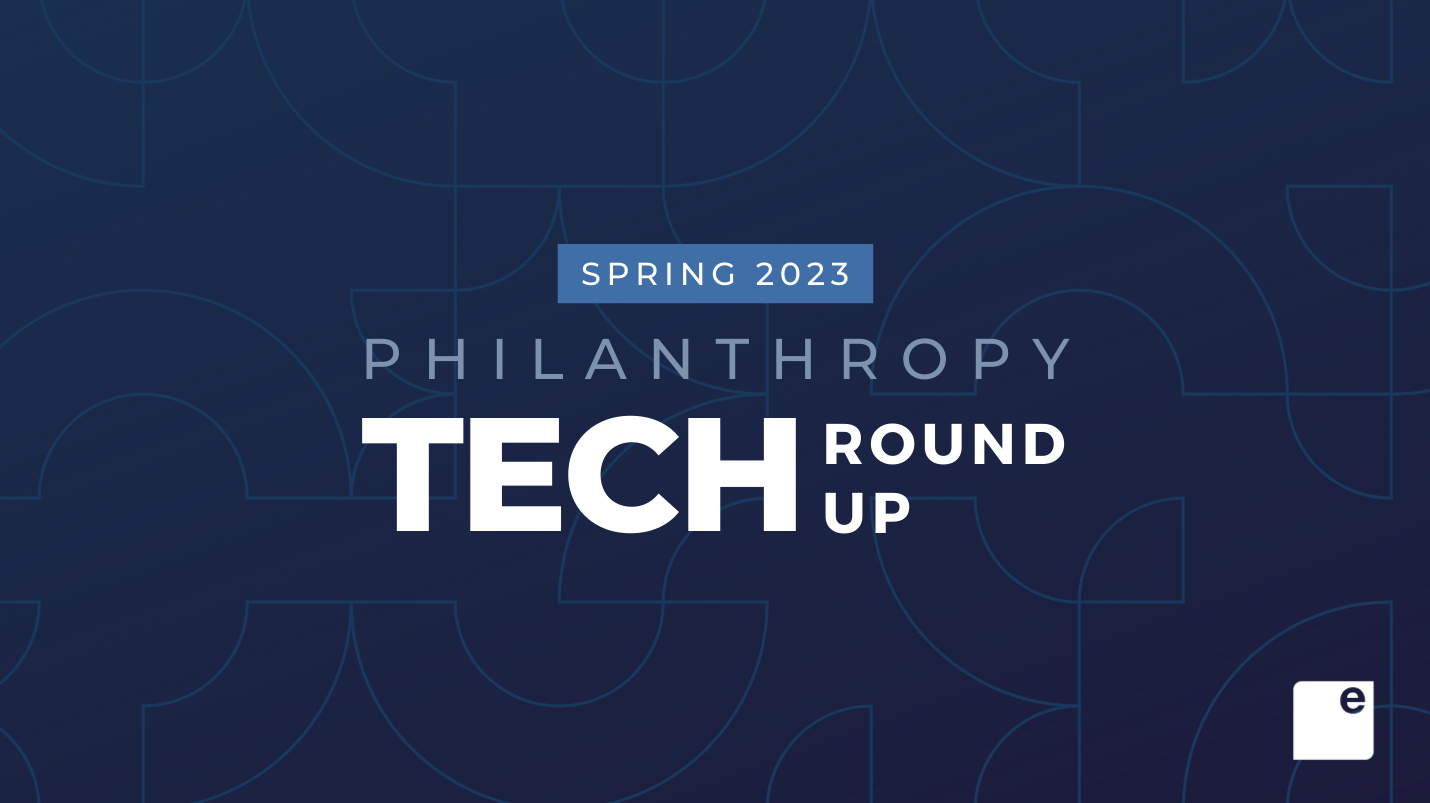Empowering a Generation of Black Salesforce Professionals: Dreamin’ In Color 2023
Calling all trailblazers, visionaries, and changemakers! Get ready for the most empowering conference of the year: Dreamin’ In Color 2023. We are thrilled to announce that from June 14th to 16th, the vibrant city of Raleigh, North Carolina, will be the epicenter of inspiration, knowledge sharing, and connection for current and aspiring Black professionals in the Salesforce ecosystem.
Dreamin’ In Color is not just a conference; it’s a movement. It’s a celebration of the resilience, talent, and achievements of Black Salesforce professionals, with a mission to empower individuals to thrive and succeed in their careers and businesses. This is an event for those who refuse to let obstacles define them, who are committed to making an impact, and who believe in the power of diversity and inclusion.
As proud sponsors of Dreamin’ In Color, we at Exponent Partners are honored to support the growth and development of Black Salesforce professionals. We understand that diversity, equity, and inclusion are not mere buzzwords, but essential elements of creating a thriving ecosystem where everyone can thrive. And that’s why we are excited to send our remarkable team members, Mandy Kutschied and Deborah Castillero, to represent Exponent Partners at this transformative event.
Mandy Kutschied, our Vice President of Talent & Culture, brings a wealth of experience in human resources across various sectors. With a deep passion for diversity, equity, and inclusion work, Mandy is a compassionate collaborator who seeks innovative solutions and leads with integrity. She is dedicated to creating an inclusive and engaging workplace environment, where every individual can thrive. If you’re interested in joining the Exponent Partners team, connect with Mandy on LinkedIn and explore our open positions.
Joining Mandy is Deborah Castillero, an accomplished Account Executive responsible for driving revenue and partnerships on the West Coast. Deborah’s background includes impressive roles as Chief Growth Officer, Executive Director, and Strategic Sponsorship Officer, where she has excelled in building partnerships, driving growth, and empowering underrepresented communities. With her expertise in multicultural marketing strategies and her commitment to diversity, equity, and inclusion advocacy, Deborah is a true force of change.
We have identified two big priorities in attending this event in Raleigh. The first is to learn firsthand from new and seasoned Black Salesforce professionals in a conference setting that highlights and celebrates their contributions to the Salesforce ecosystem. We also want to share the opportunities that are available for professionals at Salesforce implementation and ISV partners like our company. We are participating in the hiring fair to promote the roles we are actively recruiting for at our company. Interested to learn more? Check out our open positions. We are always looking to connect with interested candidates. Don’t miss the opportunity to connect with Mandy Kutschied on the Whova app if you are attending Dreamin’ in Color.
Dreamin’ In Color 2023 is an event where connections are made, knowledge is shared, and opportunities are unlocked. It’s a gathering of like-minded individuals who believe in the potential of every individual to make a difference. From inspiring keynote speeches to interactive workshops and engaging networking sessions, this conference is designed to equip you with the tools, insights, and inspiration you need to excel in the Salesforce ecosystem.
So mark your calendars and get ready to be part of something extraordinary. Dreamin’ In Color 2023 is not just a conference—it’s a movement that will ignite your passion, expand your horizons, and empower you to create a brighter future. Together, let’s redefine what’s possible and shatter any limitations standing in our way.
Stay tuned for more updates and exciting announcements as we countdown to Dreamin’ In Color 2023. We can’t wait to see you in Raleigh, where dreams become reality, and where a generation of Black professionals will rise, thrive, and leave an indelible mark on the Salesforce ecosystem. Learn more and register for the event here.
Let’s Dream in Color and make history together!
